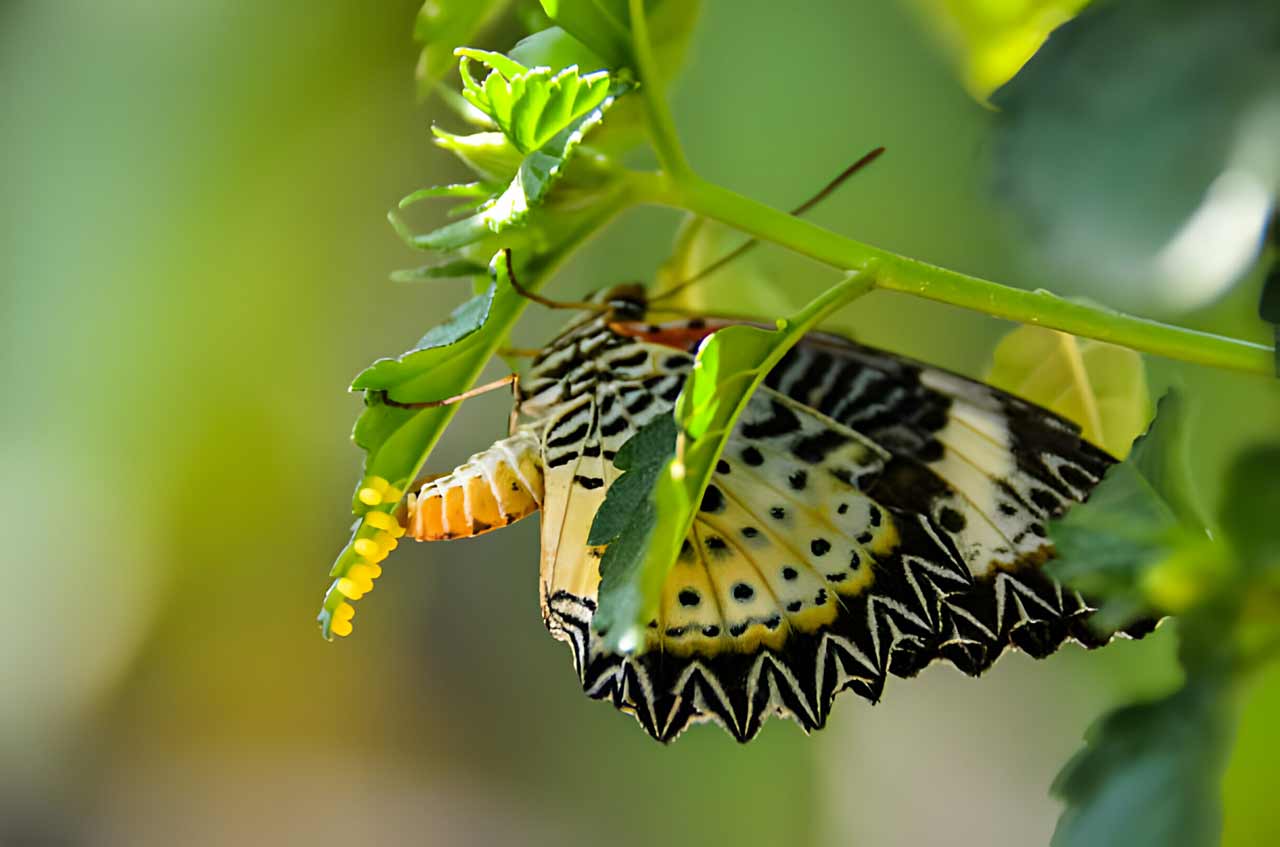The life cycle of a butterfly is a remarkable journey, a story of transformation that has fascinated humans for centuries.
This process, known as metamorphosis, unfolds in four distinct stages: egg, larva (caterpillar), pupa (chrysalis), and adult butterfly.
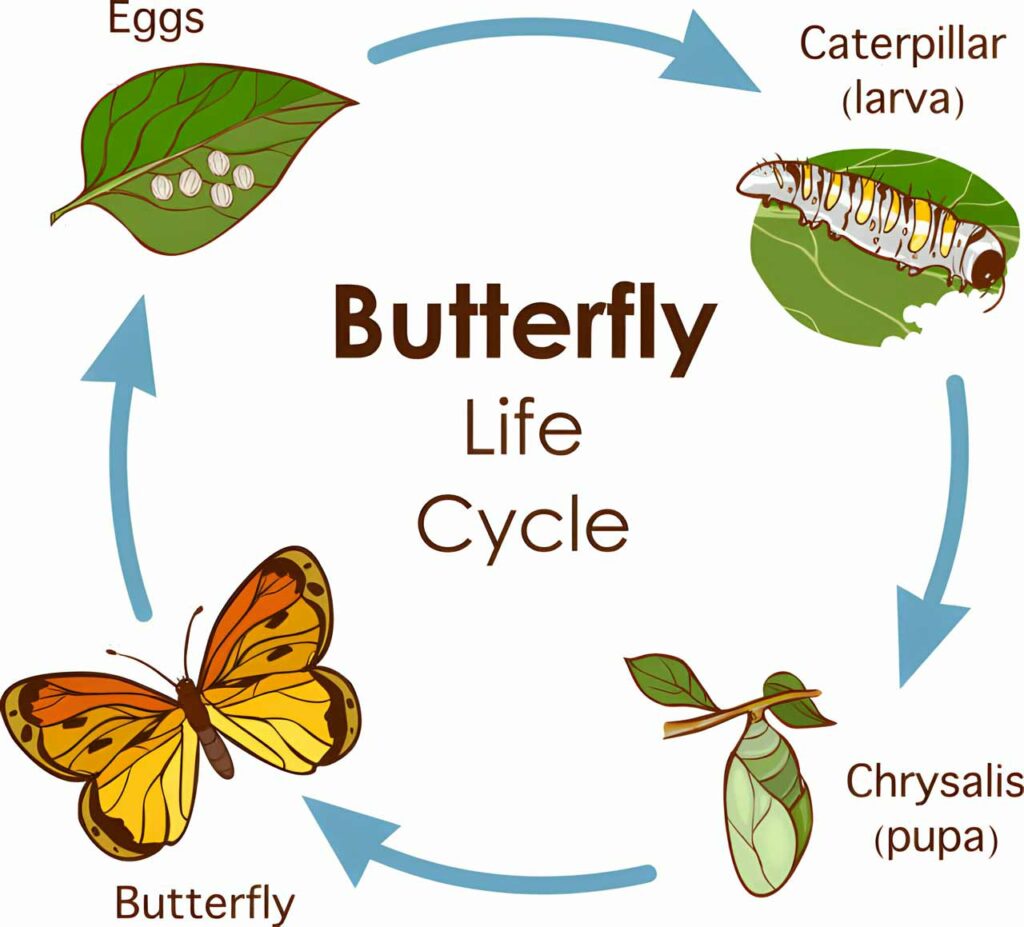
Each stage is unique and plays a crucial role in the development of a butterfly, showcasing nature’s incredible ability to change and adapt.
Stage 1: Egg
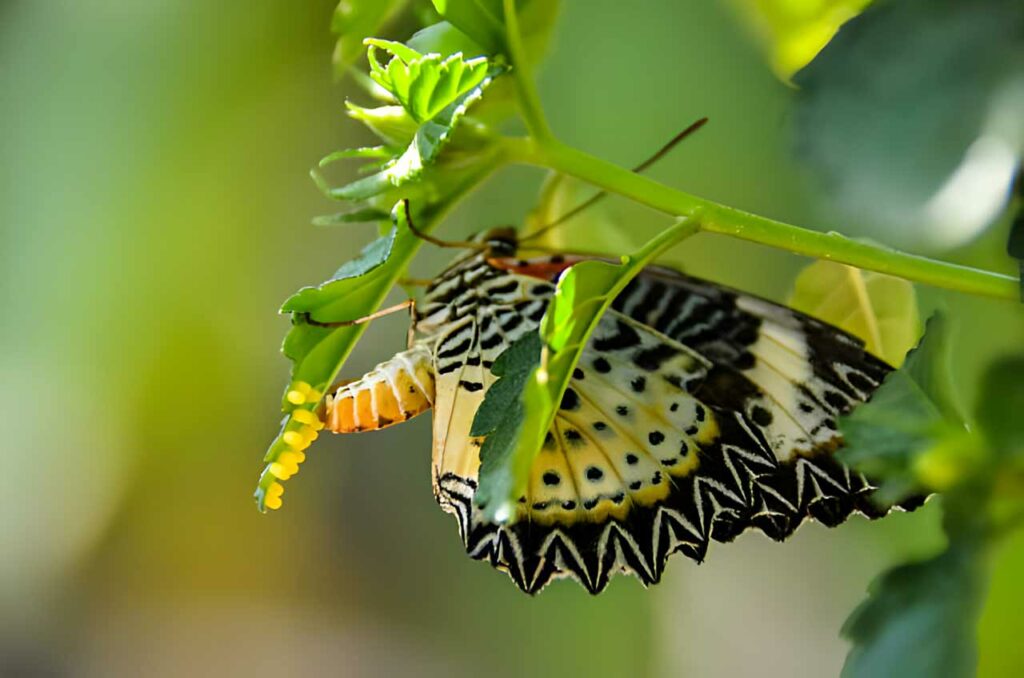
The journey begins when a female butterfly lays her eggs, carefully choosing plants that will serve as food for the larvae once they hatch. These eggs, often laid on the underside of leaves, are tiny and vary in shape and color depending on the butterfly species.
The egg stage is crucial for the survival of the larvae, as the chosen plant directly affects their chances of survival.
Stage 2: Larva (Caterpillar)
After a few days or weeks, the egg hatches, and a caterpillar, or larva, emerges. This stage is characterized by rapid growth, necessitating a constant search for food. Caterpillars are voracious eaters, feeding almost exclusively on the leaves of their host plant.
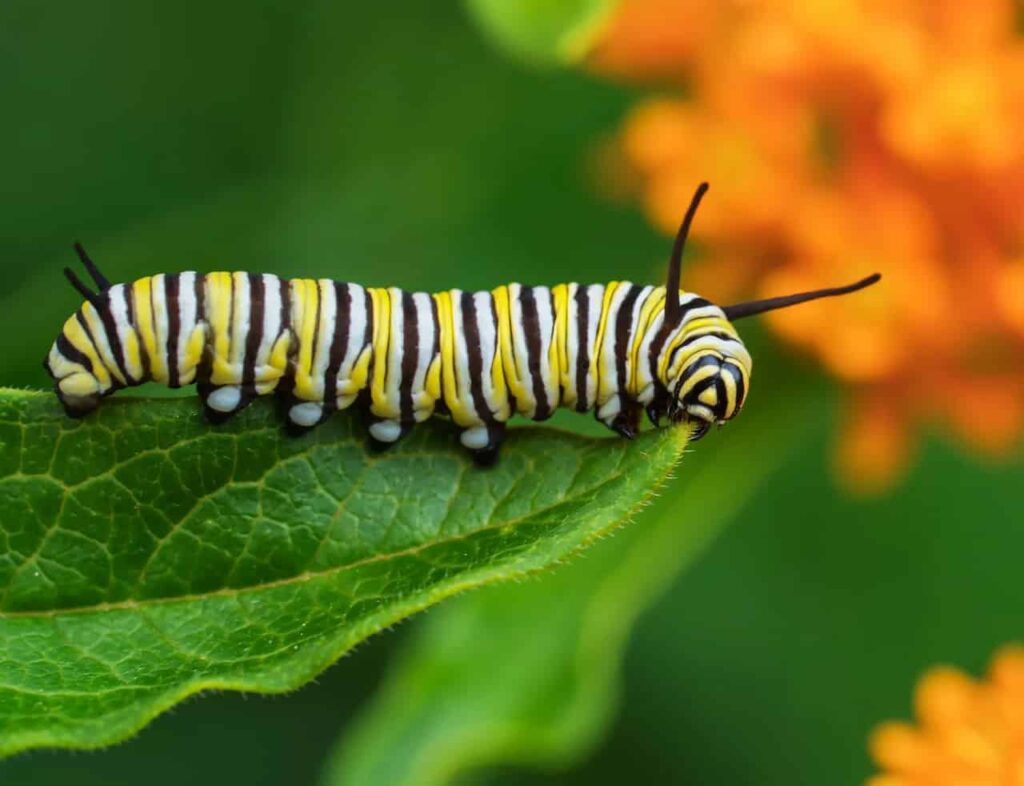
As they grow, they undergo a series of moltings, shedding their skin several times to accommodate their increasing size. This stage is vital for accumulating the energy needed for the next phase of their life cycle.
Stage 3: Pupa
Once the caterpillar has reached its full size, it enters the pupa stage, during which it forms a chrysalis or cocoon around itself. This stage is perhaps the most fascinating, as it’s when the magic of metamorphosis occurs.
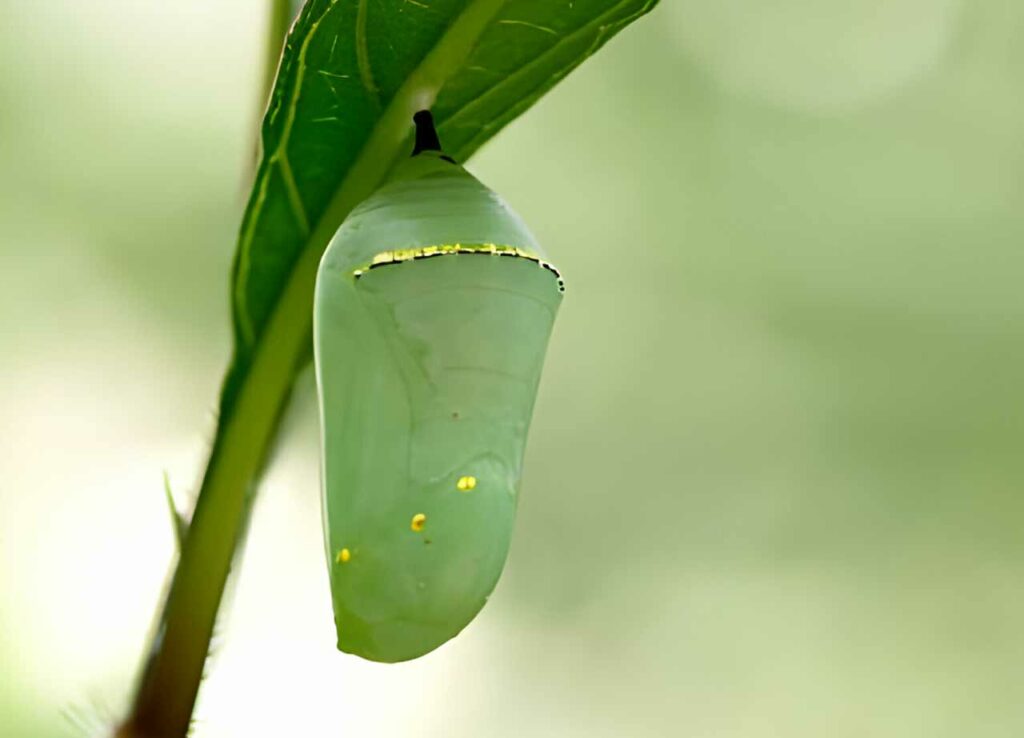
Inside the chrysalis, the caterpillar’s body undergoes a remarkable transformation, reorganizing itself into the complex form of an adult butterfly. This process can take anywhere from a few weeks to several months, depending on the species and environmental conditions.
Stage 4: Adult Butterfly
The final stage of the butterfly’s life cycle is the emergence of the adult butterfly from the chrysalis. Initially, its wings are soft and folded against its body, but as the butterfly pumps fluids into them, they expand and harden.
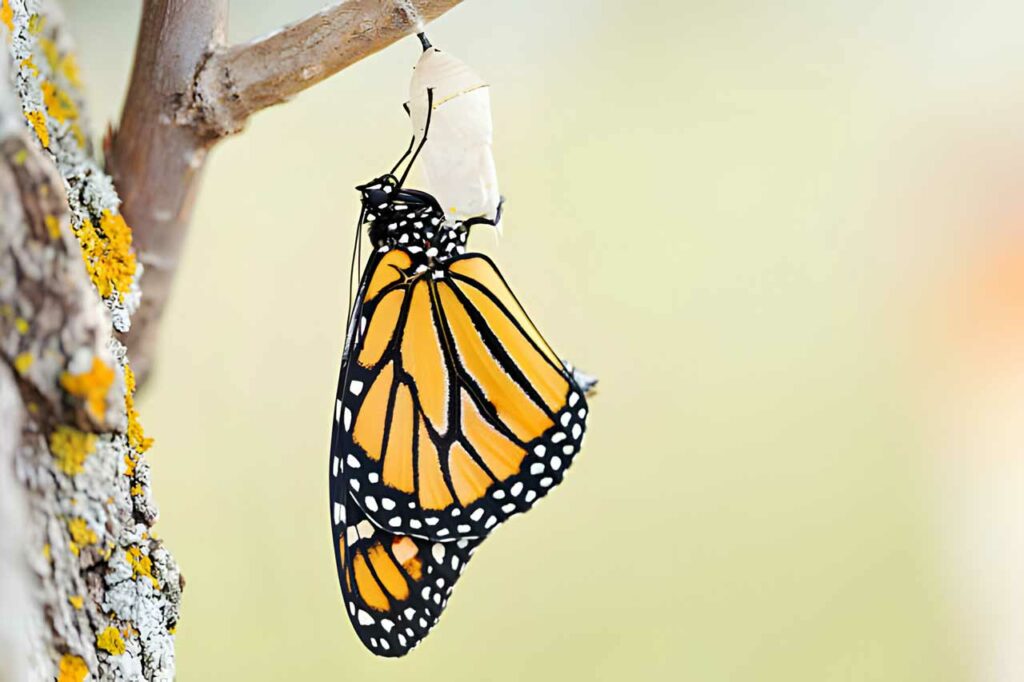
This process of wing expansion is critical for the butterfly’s survival, enabling it to take its first flight. The adult butterfly will spend its days feeding on nectar from flowers, pollinating plants, and, for females, laying eggs to begin the cycle anew.
The adult stage is also when butterflies are most vulnerable to predators, and their brightly colored wings often serve as a warning or camouflage, a testament to the intricate balance of nature.
Conclusion
The butterfly life cycle is a beautiful example of nature’s ingenuity, a cycle of birth, growth, transformation, and rebirth that continues to captivate and inspire.
Each stage, marked by its unique challenges and triumphs, is essential for the survival of the species. From the tiny egg to the vibrant adult butterfly, this journey is a vivid reminder of the wonders of the natural world and the incredible adaptability of life on Earth.
FAQs
The duration of the butterfly life cycle varies by species but generally ranges from one month to a year.
Adult butterflies feed on nectar from flowers, while caterpillars (larvae) primarily eat leaves of specific host plants.
No, only the larvae of moths and butterflies can become their respective adult forms. Not all caterpillars become butterflies; some become moths.
Butterflies pollinate plants by transferring pollen on their bodies from one flower to another as they feed on nectar.
Caterpillars molt because their skin doesn’t grow, so they shed it to allow for growth, undergoing this process several times until they become pupae.
A chrysalis is the pupal casing of a butterfly. In contrast, a cocoon is made by moth caterpillars and other insects, which involves spinning silk around the pupa.
Butterflies breathe through a series of tiny openings along the sides of their bodies called spiracles, connected to a network of tracheal tubes.
Research suggests that butterflies can retain some memories from their caterpillar stage, despite the drastic transformation during metamorphosis.
